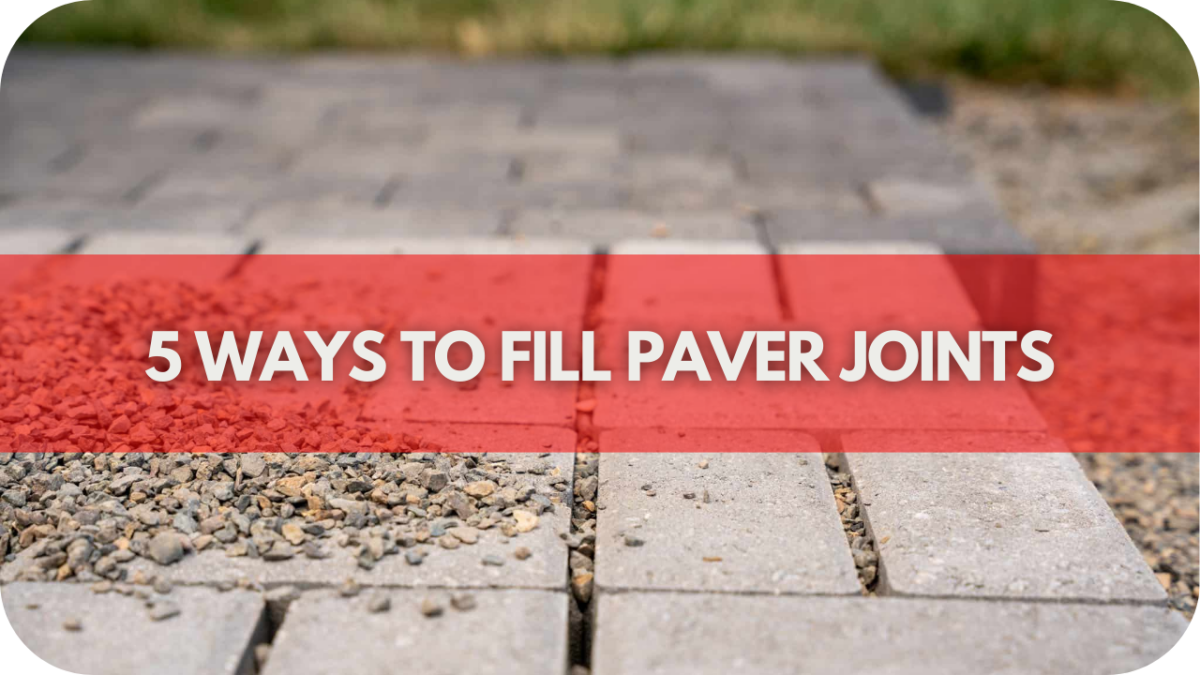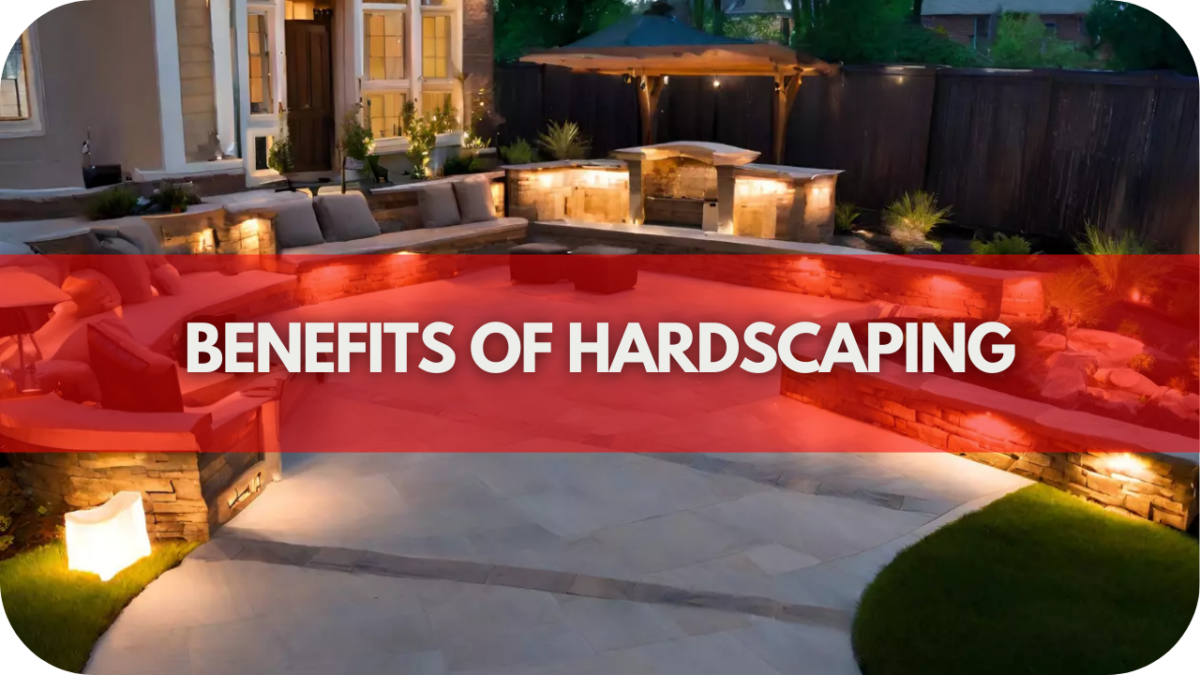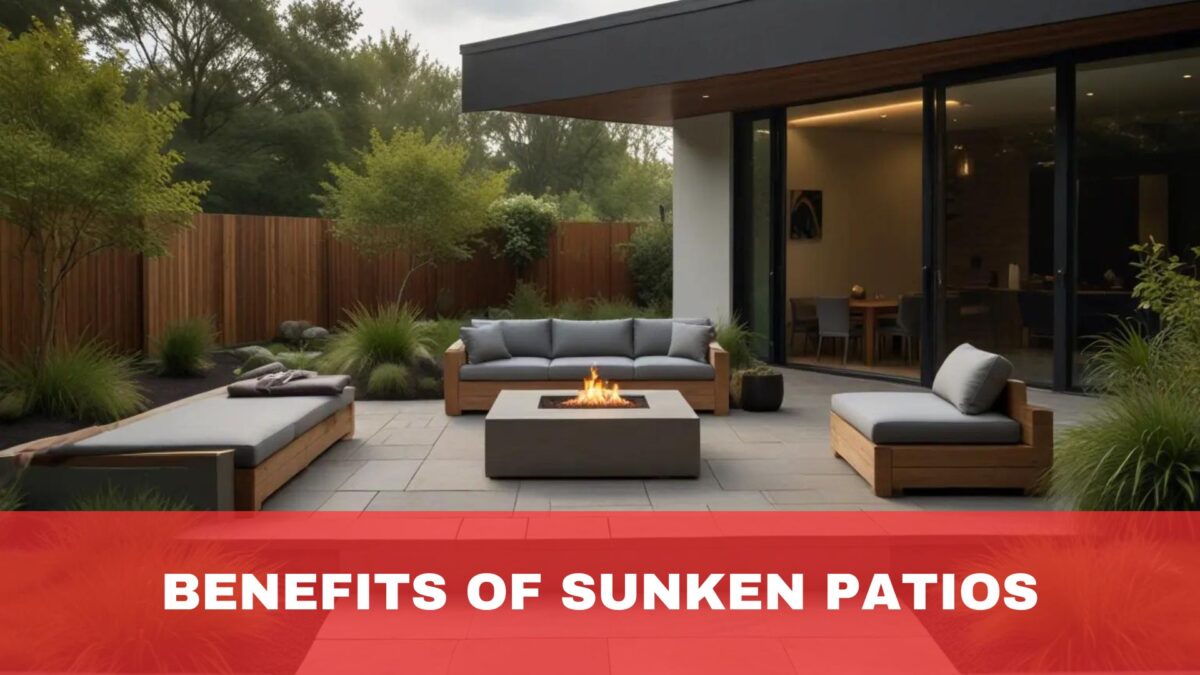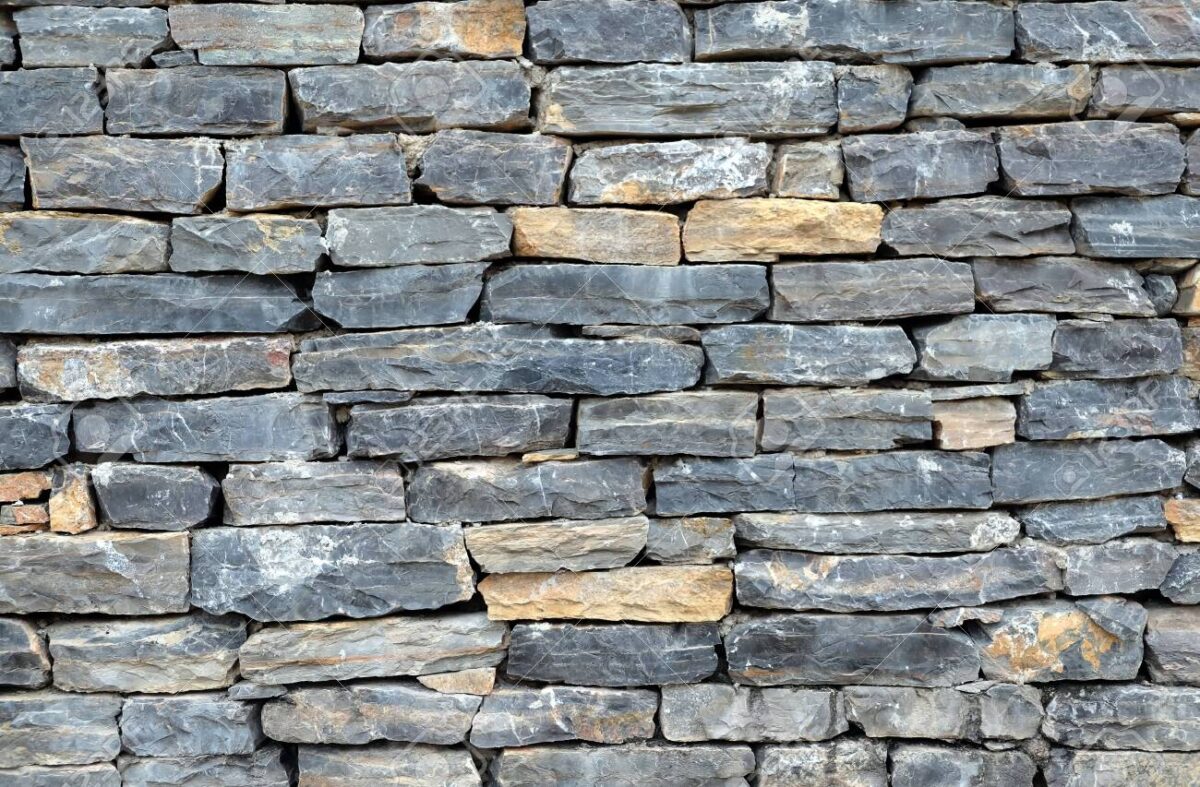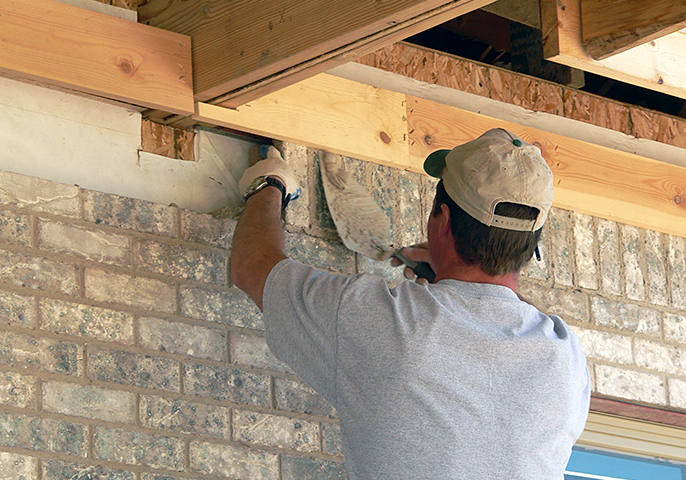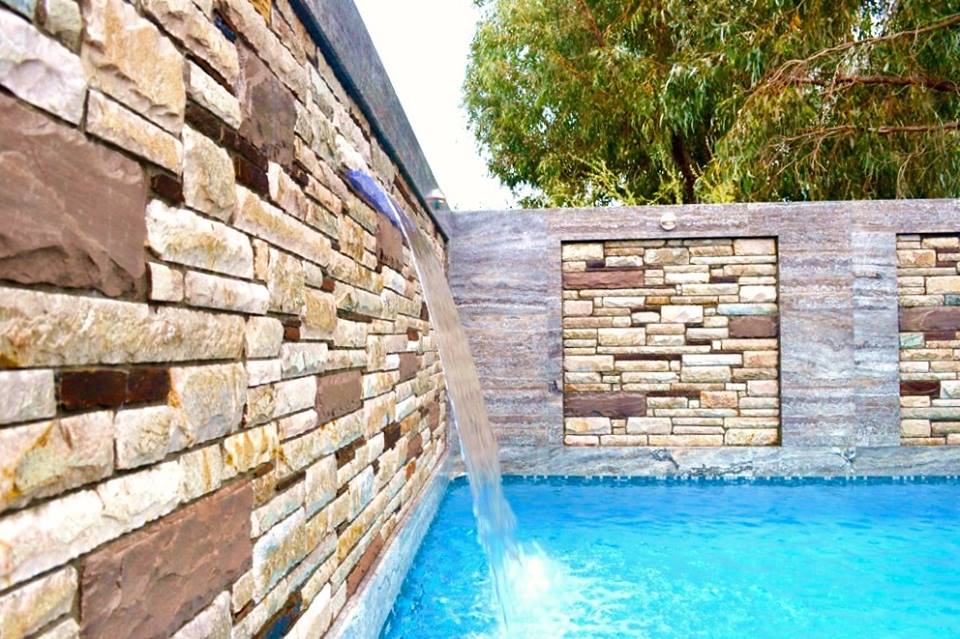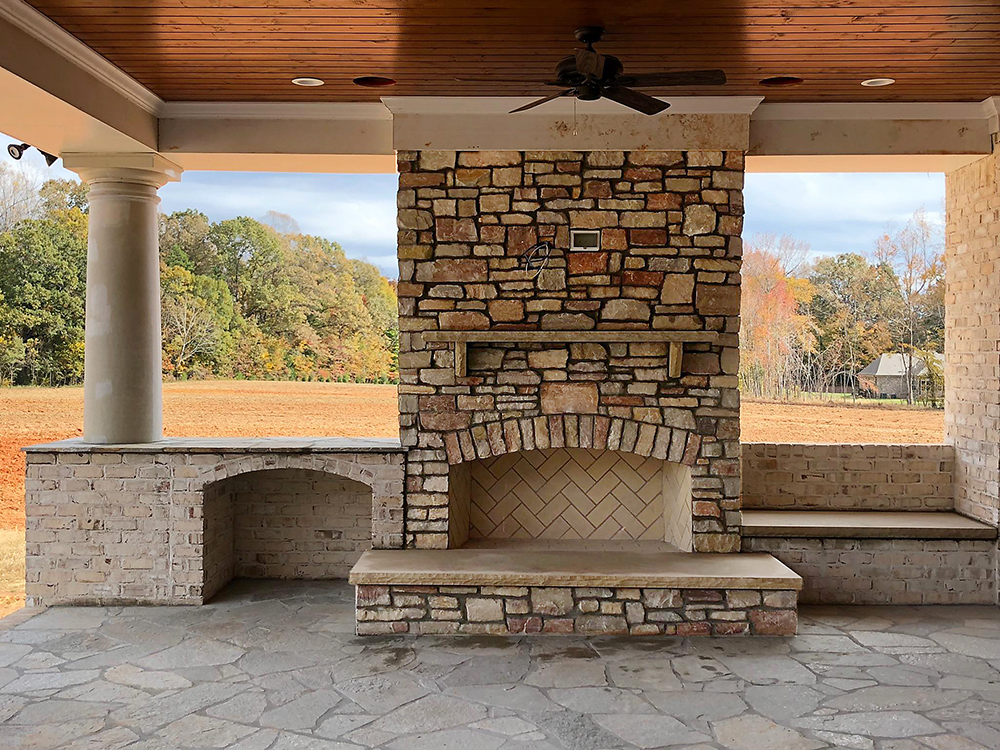5 Ways to Fill Paver Joints
Are you struggling with loose or uneven paver joints? Unfilled paver joints can lead to weed growth, shifting pavers, and less appealing outdoor space.
Check out the top 5 effective methods to fill paver joints, ensuring a durable, weed-free, and visually pleasing paver installation.
The Importance of Paver Filling
A solid foundation for your pavers is only as good as the material that holds them together. Learn why filling those joints isn’t just a finishing touch—it’s the key to long-lasting beauty and durability
1. Stability and Prevention of Damage
Correctly filled paver joints are crucial in stabilising the pavers, preventing them from shifting underfoot or during adverse weather conditions. This stability is essential for maintaining the structural integrity of your paving, helping to avoid the formation of cracks that can lead to costly repairs and unsightly damage over time.
2. Weed Control and Aesthetic Maintenance
A well-filled joint deters weed growth, which can mar the appearance of your paving and weaken the structure by forcing the pavers apart. By preventing weed intrusion, you maintain both the aesthetic appeal and durability of your paved surfaces, reducing the need for frequent maintenance and upkeep.
3. Protection Against Water Damage
Filling the joints creates a barrier that reduces water penetration, protecting the subbase from erosion and preventing water from seeping into areas that can cause damage. This protection is crucial for ensuring the longevity of your paving, particularly in climates prone to heavy rainfall or freeze-thaw cycles.
4. Prevention of Insect Infestations
Proper joint filling also serves as a deterrent to insect infestations. Open joints can become a breeding ground for pests, such as ants, which can undermine the stability of your pavers and create unsightly mounds on your surface. By filling the joints, you create a barrier that helps keep these pests at bay, ensuring a clean and stable paved area.
5. Enhanced Load Distribution
Finally, filled joints contribute to better load distribution across the paved surface. When the joints are correctly filled, the pressure from foot traffic, vehicles, or heavy objects is more evenly distributed across the pavers. This reduces the risk of individual pavers sinking or becoming dislodged, which is critical for maintaining a smooth and level surface over time.
Effective Methods to Fill Paver Joints
Choosing the right method to fill your paver joints can make all the difference between a patio that endures and one that quickly falls apart. Explore these proven techniques to ensure a flawless, durable finish that stands the test of time.
Method 1. Polymeric Sand
Polymeric sand is an excellent choice for filling paver joints. It offers a durable, long-lasting solution that resists weed growth, insect infestation, and erosion. This advanced material combines fine sand and special additives that bind when water activates, creating a solid yet flexible joint that locks pavers in place.
Unlike regular sand, polymeric sand hardens to form a stable surface, preventing pavers from shifting over time while allowing for slight movement due to weather changes. Its binding properties also minimise the risk of joint washout during heavy rain or pressure washing, making it ideal for outdoor spaces exposed to the elements.
Application is straightforward: after spreading the sand over the paver surface, you sweep it into the joints and gently water it to activate the polymers. The result is a clean, seamless finish that enhances the aesthetic appeal of your paved area and significantly reduces maintenance efforts.
Method 2. Traditional Sand
Traditional sand is one of the most commonly used materials for filling paver joints, offering an affordable and straightforward solution that has stood the test of time. This basic method involves sweeping fine, dry sand over the pavers and into the joints until they are completely filled.
Once in place, the sand helps to stabilise the pavers by locking them together, reducing movement and providing a solid, even surface. While traditional sand does not harden like polymeric sand, it allows for some flexibility, benefiting areas with frequent freeze-thaw cycles.
However, it’s important to note that this flexibility also means that traditional sand is more susceptible to erosion from rain, wind, and regular maintenance, such as sweeping or pressure washing.
Over time, this may lead to the need for reapplication. Despite these considerations, traditional sand remains a popular choice for those looking for a simple, cost-effective way to keep their pavers in place while achieving a classic, natural appearance.
Method 4. Cement-Based Joint Fillers
Cement-based joint fillers offer a robust and durable solution, particularly suited for high-traffic areas where strength and longevity are paramount. These fillers consist of a mixture of cement and fine aggregates, which, when combined with water, create a solid, mortar-like substance.
Once applied, cement-based fillers harden to form a rigid, impermeable surface that effectively locks pavers in place, preventing movement and providing excellent resistance to wear and tear. This joint filler is particularly beneficial in areas exposed to heavy loads, such as driveways, commercial spaces, or pathways with frequent foot traffic.
However, the rigidity of cement-based fillers means they lack the flexibility of other options, making them more prone to cracking in regions with significant temperature fluctuations. The application requires careful work, as the mixture must be properly compacted and allowed to cure to ensure maximum performance.
While more labour-intensive than other methods, cement-based fillers deliver unmatched durability, making them a go-to choice for long-lasting paver installations.
Method 5. Sealants and Joint Compounds
Sealants and joint compounds offer a versatile and effective solution for filling paver joints, providing enhanced protection against water infiltration, weed growth, and erosion. These materials are typically applied after the pavers are laid, either as a liquid or paste seeping into the joints, forming a flexible but durable barrier.
Sealants are particularly useful for areas exposed to moisture, as they create a water-resistant seal that prevents damage from freeze-thaw cycles and reduces the risk of paver displacement. Joint compounds, on the other hand, can be used to repair existing joints or as a primary filler. They offer a blend of flexibility and strength, accommodating slight movements in the pavers without cracking.
Both options require precise application to ensure even coverage and effective sealing. While sealants and joint compounds can be more expensive and labour-intensive than traditional methods, they significantly reduce long-term maintenance and enhance your paved area’s overall lifespan and appearance.
Conclusion
Choosing the right method to fill paver joints can enhance the durability and appearance of your paving project. Explore these 5 effective options to find the best fit for your needs.
Ready to upgrade your paver joints? Contact Splendour In Stone Melbourne for expert advice and top-quality materials.

